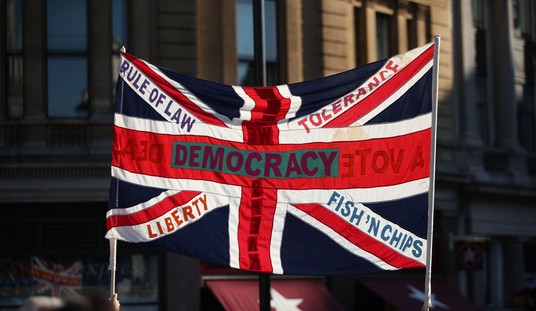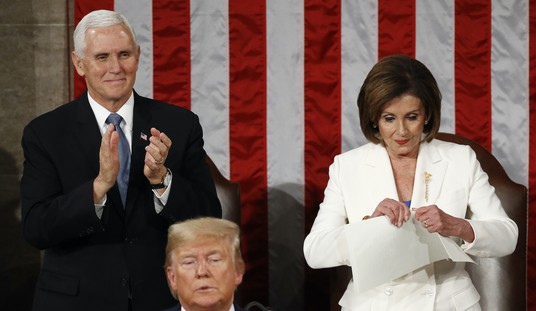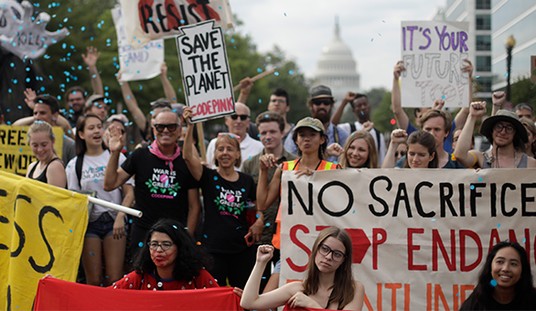
As part of their efforts to prevent wildfires, California’s electric supplier PG&E shut down power to approximately 800,000 residents and businesses in the northern part of the state last week. The thinking is that dry, windy conditions spark wildfires and if the utility could take large swathes of the power grid offline when those conditions are present, this would prevent fires. The Mercury News reports that in the last couple of years, several major fires have started from “PG&E power lines in the Wine Country and Sierra foothills.”
Many residents did not understand why their solar panels stopped working when the power was cut. It turns out that only solar panels which are installed with a battery backup will keep the lights on.
Bloomberg explains the reason:
Most panels are designed to supply power to the grid — not directly to houses. During the heat of the day, solar systems can crank out more juice than a home can handle. Conversely, they don’t produce power at all at night. So systems are tied into the grid, and the vast majority aren’t working this week as PG&E Corp. cuts power to much of Northern California to prevent wildfires.
The only way for most solar panels to work during a blackout is pairing them with batteries.
Bloomberg reports that the market for batteries has started to take off. Ed Fenster, the Chairman of U.S. rooftop solar company Sunrun, Inc., expects battery sales to explode after the PG&E blackouts.
California residents are learning their solar panels can't keep the lights on amid PG&E power cuts.
Here's why solar panels don't work in blackouts #CalilforniaBlackout pic.twitter.com/GWa4ZtasKB
— Bloomberg QuickTake (@QuickTake) October 11, 2019












Join the conversation as a VIP Member